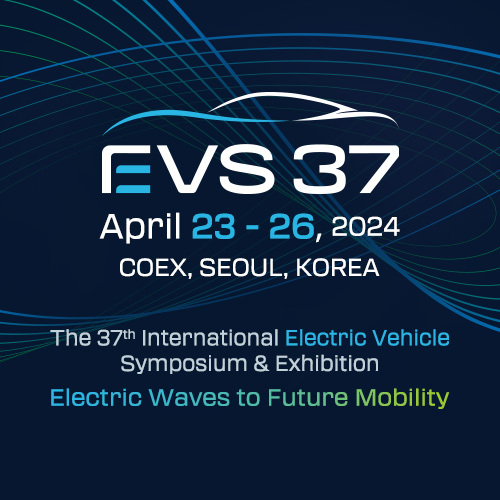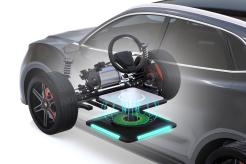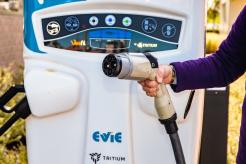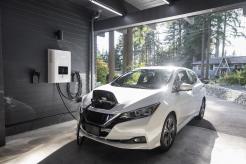Are you ready to ring in the new year with an eye to the future of EV charging? Let’s explore seven promising EV charging technologies that could spark a revolution among car owners.

Image via Freepik
Making EV ownership more convenient and affordable is top of mind in the eyes of the engineers who have created these technologies. All these emerging EV charging technologies 2024 might bring could be the secret sauce that could change even the most stubborn combustion engine fan to an EV fanatic.
1. Wireless EV Charging

Image via Freepik
If you love the convenience of charging your mobile device without a tangle of wires, imagine how car buyers will feel about a vehicle they can fuel up without wrangling with a cord or gas nozzle. As PC Mag’s Emily Dreibelbis points out, EV owners could charge their cars with only a simple mat, similar to those you use to charge your devices.
For EV charging station owners, that development could be a game-changer. With wireless mats to replace today’s bulky chargers, they could install more charging spots, increasing their revenue while providing added convenience for their customers.
Led by Tesla, the wireless revolution is spreading across the auto industry. BMW, Volvo, and Hyundai have followed suit.
Although this technology is still in testing, there are working prototypes that allow drivers to use their car’s front camera to steer it into the right spot, shift it into park, and relax as their cars charge automatically. It’s easier than a quick fill-up at the gas pump and a sea change from today’s EV chargers.
2. The Five-Minute EV Pit Stop
Although DC fast chargers have made EV charging way faster than previous charging station innovations, they’re still twice as slow as fueling a combustion engine-powered car. That fact has stopped more than a few car buyers from going electric.
Chinese EV automaker Nio’s EV battery rental concept could change all that. This innovative technology enables customers to pull up to a station, press a button on their app, and let the station’s automated platform swap their nearly drained battery for a fully charged new one in five minutes.
This concept is well out of the prototype stage, with EV battery rental stations dotting the Chinese landscape and several European countries. We predict it’s only a matter of time before American EV makers introduce this option to their customers.
3. Pavement Charging On-the-Go
Trucking companies and their drivers have one major complaint about EV semis and other commercial vehicles: the time it takes to charge them. Merchandise – especially refrigerated foods – need to get to their destinations on time.
Enter inductive charging – an innovative technology enabling vehicles to charge up through the pavement they drive on. Manufacturers of this “smart pavement” embed charging coils within the concrete panels of the road, allowing drivers to continue on their way without needing to stop for a charge. In addition, Smart Pavement includes sensors and fiber optic cables to collect and transmit data, 5G, and Wi-Fi capability.
Inductive charging also holds promise for other commercial applications, such as commercial and office parking lots, apartment buildings, and retail shopping centers. Several prototypes are already up and running in several states and have met the manufacturers’ expectations.
4. Pop-Up Sidewalk Charging Stations
In the United Kingdom, sidewalks have begun to sport new accessories – attractive cylinders nearly flush with the sidewalk pavement with a surprise inside – a pop-up EV charging station. This clever invention makes walking on crowded city sidewalks easy for people with visual or mobility issues to walk without tripping over a charging station.
When a car needs a charge, all its driver needs do is insert a “LANCE,” a narrow cylinder they carry with them in their cars, into the charge point and then plug their Type 2 connector into the LANCE. Trojan Energy, the company behind these pop-up charge points, intends to install them every 5 meters along UK city streets.
5. Self-Heated Batteries
Although you might not plan to cheer for Penn State’s Nittany Lions in their post-season football bid, you’ll love the school’s latest contribution to the EV charging industry – a self-heating battery that can charge a car up to 300 miles in a mere 10 minutes. For people who prefer to own their batteries, as opposed to renting them, this technology can give them a fast-charging option that only takes five more minutes to charge than the rental option.
Although the technology is not yet available commercially, Penn State’s prototype lithium-ion battery can heat and cool itself in a matter of minutes, allowing it to charge a car in less time than many of today’s DC fast chargers. Once it’s on the market, one of the project’s researchers points out, the battery will be able to maintain its charging capacity through a half-million miles.
6. Lamppost EV Charging Stations

Image via Freepik
Like Trojan Energy’s sidewalk charging ports, lamppost EV charging stations blend seamlessly into the background. Instead of needing to construct stand-alone chargers, customers living in congested cities could use nearby lampposts to charge their cars if startup EV charging company char.gy has its way.
Since char.gy’s charging units can fit nearly all lampposts, the technology can go practically anywhere there’s a lamppost. The units connect via software so that local governments can upgrade them remotely. The same software allows customers to pay online, either by subscription or as-needed basis.
7. Repurposed Street Cabinet EV Charging Stations
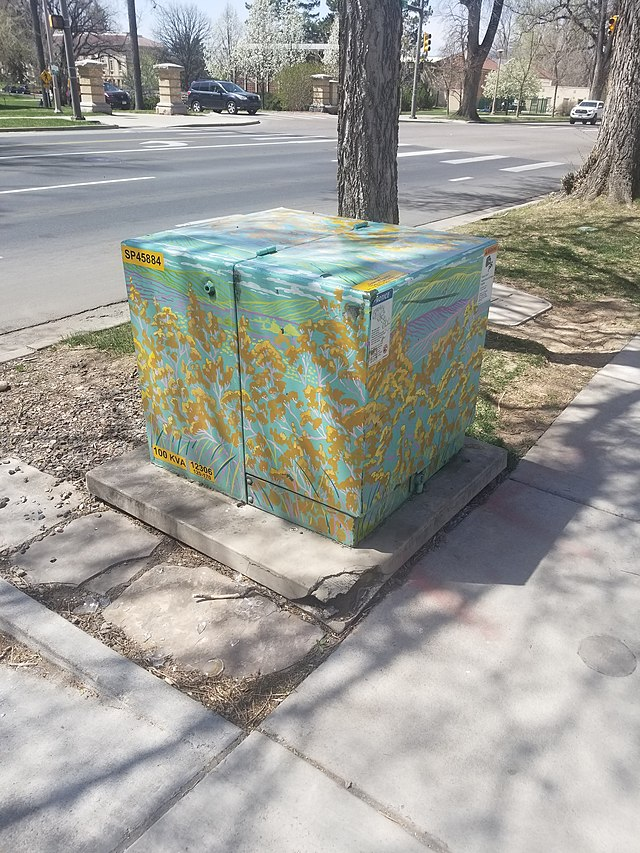
Image via Wikimedia Commons
Like yesteryear’s telephone booths, street cabinets are already on their way to obsolescence. These devices, originally designed to protect broadband and phone service equipment from the elements, are now replaceable by fiber broadband infrastructure.
However, there may be a second life lurking within these protective casings. UK-based telecommunications provider BT Group has announced an initiative to repurpose these cabinets into EV charging stations.
Using existing infrastructure to repurpose it will cut costs, save these cabinets from landfills, and expand EV charging infrastructure into new territory. Since charging availability is one of the main reasons customers still balk at considering an EV purchase, this expansion can only benefit the EV charging industry as more EV charging points come into play worldwide.
Soak Up the Latest in EV Charging Technology at the EV Charging Summit & Expo
There’s one place where you can discover the next great leap forward in EV charging technology – an EV Charging Summit event. There, you’ll meet tomorrow’s innovation today.
That’s not all. Charging infrastructure company owners, city planners, and manufacturers can learn new strategies for marketing their goods and services, find sources of funding for their next venture, and network with some of the best minds in the business. Reserve your spot today!

